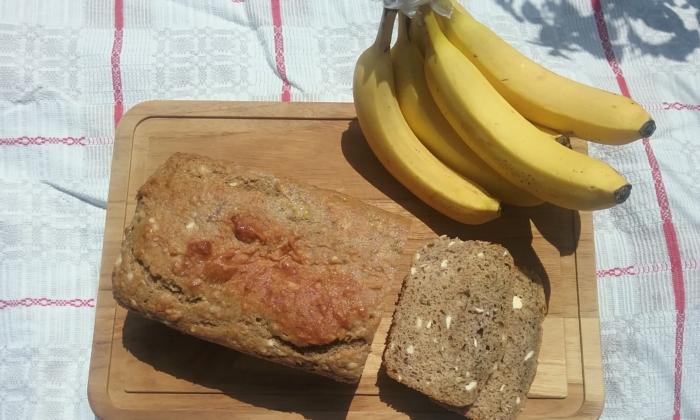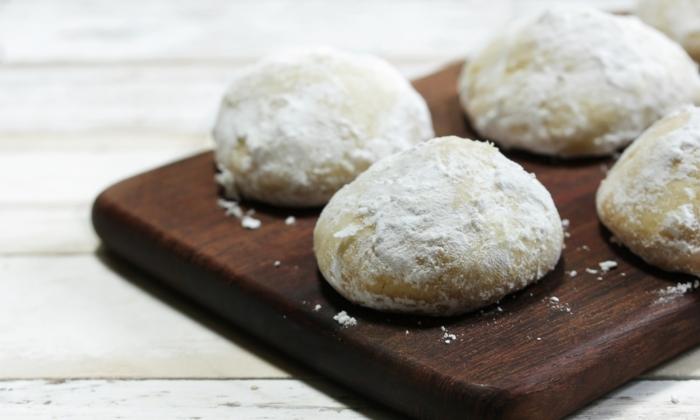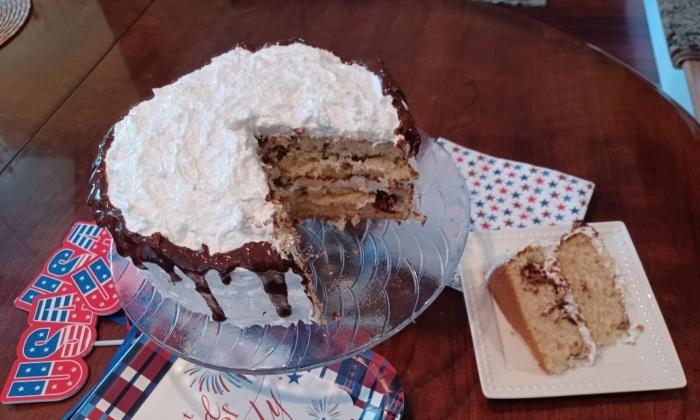When I was very young, we lived in a farm community with many Mennonite families. We were not Mennonite, but my grandmother had come from a Mennonite family. I didn’t know what a blessing this was until I moved away and got culture shock.
In that farm community, people truly looked out for their neighbors. One of my earliest memories was of someone running to our farm and saying that a neighbor’s barn was on fire. When I looked up, I could see the smoke in the distance and people running across fields from everywhere, ready to help.
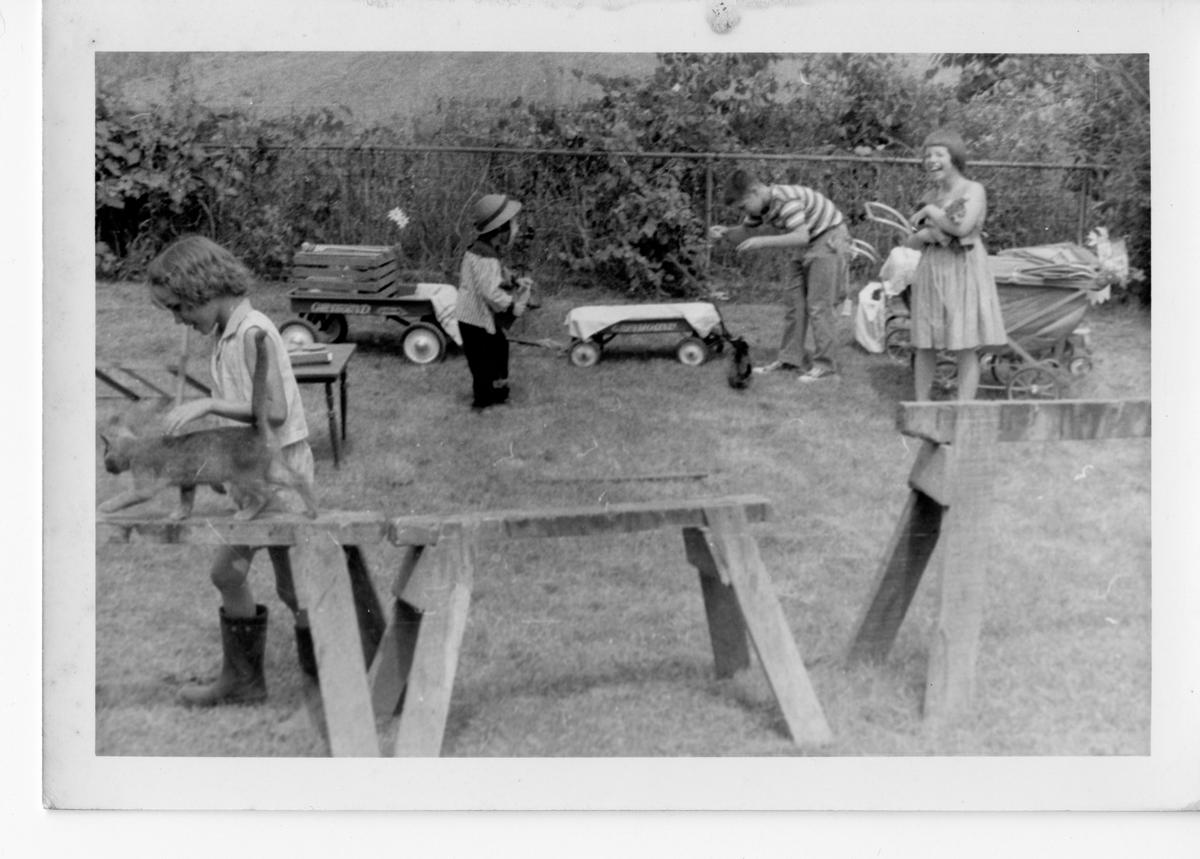

Another memory from that time was of farm auctions. Since many of the homes in our area were farms, it was a very big deal when someone sold their family farm. There would always be an auction and there would always be chicken corn noodle soup.
Most farms raised chickens and grew corn, so it was natural to serve this soup at large gatherings. If you have never tasted Mennonite cooking, you may not realize that most of the ingredients are simple, without a lot of spices. The excellent taste comes from fresh, often home-grown ingredients. Some years ago, my father gave me a Mennonite community cookbook and I was so happy to find this favorite childhood soup in the book.
In my cookbook, I also found a list of food for a “barn raising” with these words:
- 5-gallon stone jar each of sweet potatoes and white potatoes
- 16 chickens
- 3 hams
- 50 pounds roast beef
- 300 light rolls
- 16 loaves bread
- 115 lemon pies
- 500 doughnuts (fat cakes)
- 15 cakes
- 3 gallons applesauce
- 3 gallons rice pudding
- 3 gallons cornstarch pudding
- 6 pounds stewed dried prunes
- 1 large crock stewed raisins
- Picked red beets, pickled eggs, and pickled cucumbers
Meadow tea is made from the spearmint plant, Mentha spicata. Someone once told me the name meadow tea goes all the way back to the time when the British taxed tea so highly that nobody could afford it, and locals began making tea from plants that grew in the meadow.
My mother used to send my siblings and me down into the meadow to pick the plants when she was ready to make tea. I still drink spearmint tea made from my own plants, but I grow them in pots. There is nothing quite as refreshing as spearmint tea on a hot day.
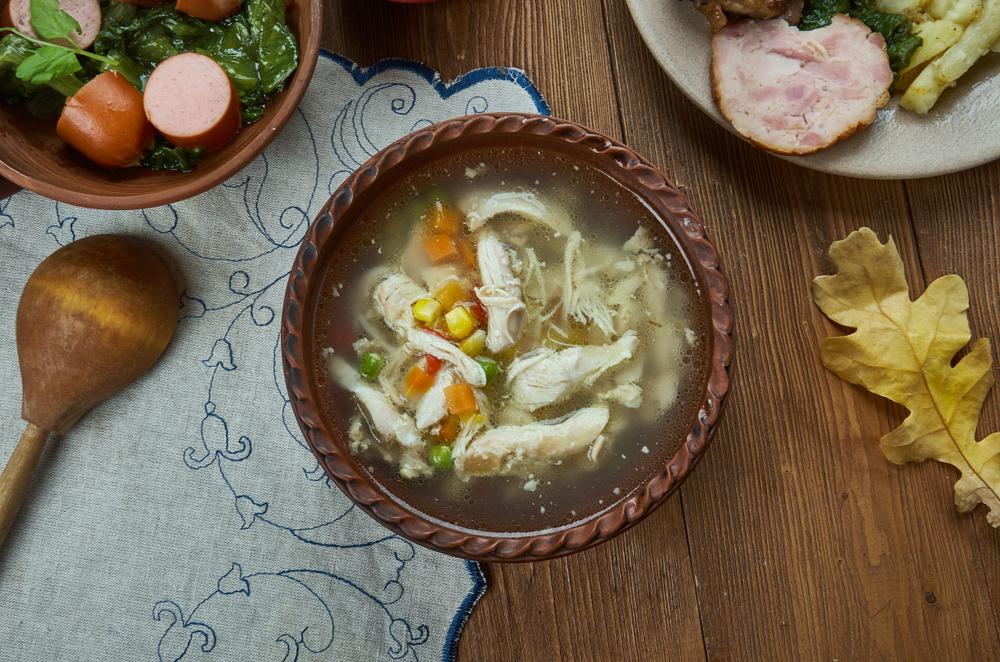
Chicken Corn Noodle Soup
When I make this soup, I adapt it just a little bit. I don’t use onion, as my family never added onion, but instead I double the amount of celery and add 1/2 teaspoon of thyme. Thyme is such a flavorful herb, and is also good for fighting viruses. The egg can be added with the noodles as directed in the recipe, or afterward as a garnish, or totally omitted.The type of noodles you use makes a difference. The closest noodle I have found to homemade is the Mrs. Miller’s brand. It can be found in most Amish stores. If there are no Amish stores near you, Mrs. Miller’s noodles can be ordered online at AllBulkFoods.com, where you have to purchase six bags at a time.
- 1 chicken (for best results use a 1-year-old hen of approx. 4 pounds)
- 4 quarts cold water
- 10 ears corn
- 1 chopped onion (optional)
- 1/2 cup chopped celery and leaves
- 2 hard-boiled eggs, chopped
- Salt and pepper
- 1 cup flour
- 1/4 cup milk
- 1 egg
Remove the chicken and strain the broth through a sieve to remove the fat. Take the chicken meat from the bones, chop finely, and return to the broth.
Cut the corn from the cobs and add to the soup along with the onion, celery, and seasoning. Cook for about 20 minutes.
To make the rivels, rub mixture of flour, milk, and egg together with two forks until well blended. Bring soup to a boil and drop “noodles” into boiling soup. Add the chopped hard-boiled eggs. Cover and boil for 7 minutes.

Meadow Tea
To make this tea, simply collect the leaves of the spearmint plant. It’s OK to have some stems in with the leaves as long as you don’t include the large tough stems. The more spearmint you use, the stronger the flavor.There are over 100 different varieties of Mentha spicata. Most varieties make excellent tea, but if yours doesn’t, try a different Mentha spicata variety from a different store.
- 4 loosely packed cups spearmint leaves and soft stems
- 1 teaspoon apple cider vinegar
- 15 cups water, divided
- 3 tablespoons honey, or other sweetener (optional)
Bring 12 cups of water to a gentle boil, then turn off the heat. Place the spearmint in a very large casserole dish, crock pot, or some type of heat-resistant pot with a lid. Allow the water to stop boiling before pouring it over the mint. Pour the water over the leaves and stems, making sure the water completely covers the mint. Place the lid on the dish or pot and allow it to sit for 30 minutes.
Use a large spoon to remove the leaves and stems, squeezing the water from them. Discard the leaves and stems. Add 3 cups of cold water to the tea.
Drink this tea hot or cold, sweetened or unsweetened. I prefer it cold and sweetened with 3 tablespoons honey.
___________________________


